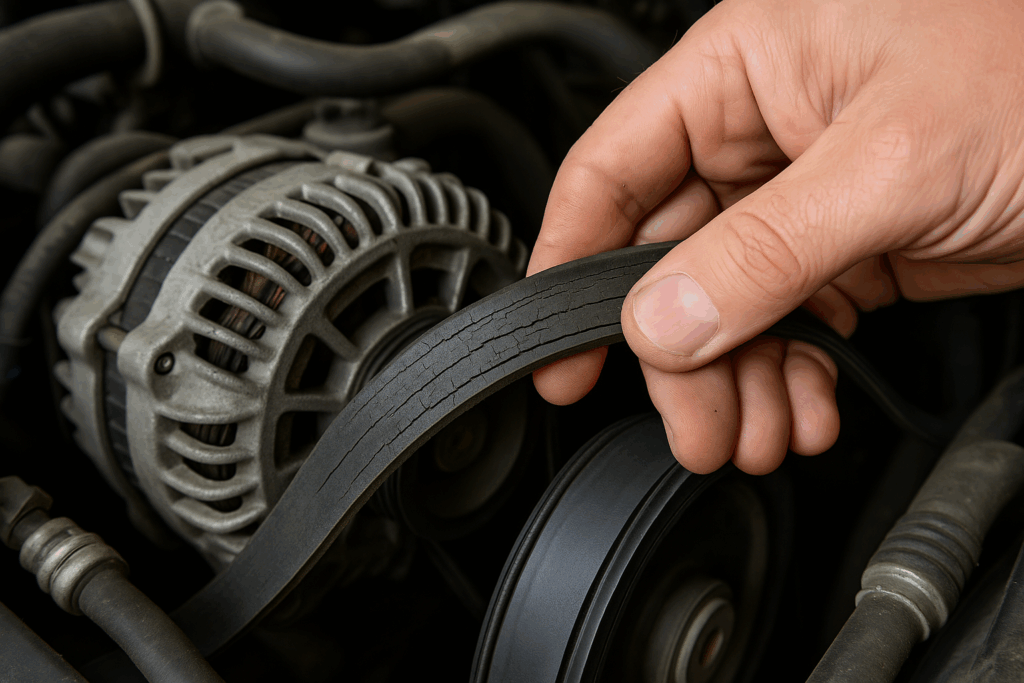Maintaining your vehicle’s health is paramount, and one often-overlooked component is the drive belt, commonly known as the serpentine belt. This belt plays a crucial role in ensuring various engine accessories function correctly. Regular inspections can prevent unexpected breakdowns and costly repairs.
Understanding the Drive Belt
The drive belt is a single, continuous belt that powers multiple peripheral devices in your car’s engine, such as the alternator, power steering pump, water pump, and air conditioning compressor. Its efficient operation is vital for the overall performance of your vehicle.
Signs of Wear and Tear
Over time, the drive belt can deteriorate due to heat, friction, and environmental factors. Recognising the signs of wear can help you address issues before they escalate:
- Visual Indicators: Cracks, fraying, glazing, or missing ribs on the belt surface.
- Auditory Indicators: Squealing or chirping noises during engine start-up or operation.
- Performance Indicators: Diminished power steering function, overheating due to water pump failure, or battery warning light activation.
Risks of Neglecting Drive Belt Maintenance
Ignoring drive belt maintenance can lead to several problems:
- Sudden Vehicle Breakdowns: A broken belt can cause immediate loss of essential functions.
- Damage to Engine Components: Failure of the belt can lead to overheating and damage to the engine.
- Increased Repair Costs: Replacing a failed belt and repairing associated damage can be expensive.
Recommended Inspection and Replacement Intervals
Regular inspection of the drive belt is crucial. It’s generally recommended to inspect the belt every 60,000 miles and consider replacement around 85,000 miles. However, always consult your vehicle’s owner manual for manufacturer-specific guidelines.
DIY Inspection Tips
If you’re comfortable performing a basic inspection:
- Safety First: Ensure the engine is off and cool.
- Visual Check: Look for signs of wear, such as cracks or fraying.
- Tension and Alignment: Press down on the belt to check for proper tension and observe its alignment on the pulleys.
- Listen for Noises: Start the engine and listen for any unusual sounds indicating belt issues.
If you notice significant wear or are unsure about the belt’s condition, seek professional assistance.
Conclusion
Regular inspection of your car’s drive belt is a simple yet effective way to ensure vehicle reliability and safety. By staying proactive, you can prevent unexpected issues and maintain your vehicle’s performance. Always refer to your vehicle’s maintenance schedule and consult a professional mechanic if in doubt.

